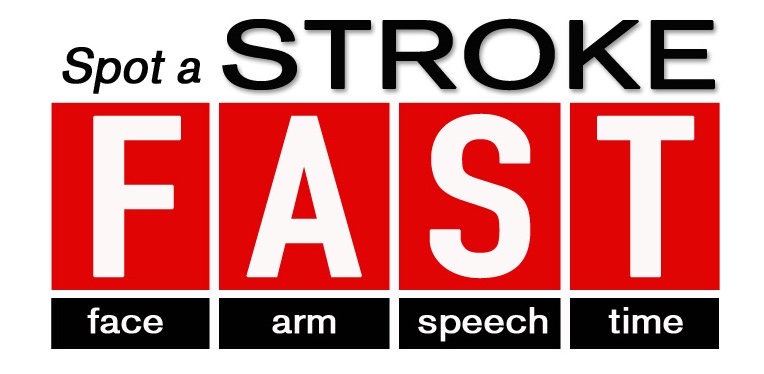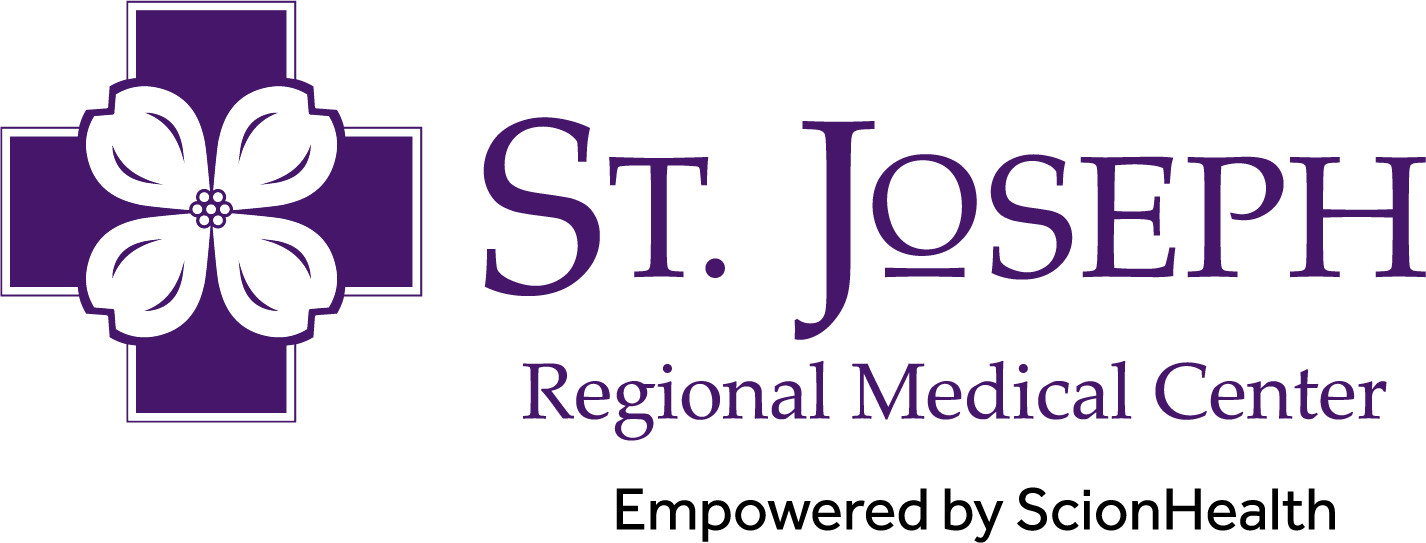
FACE drooping. ARM weakness. SPEECH difficulty. TIME to call 9-1-1
St. Joseph Emergency and Stroke Intervention
Stroke By The Numbers
- Each year nearly 800,000 people experience a new or recurrent stroke.
- A stroke happens every 40 seconds.
- Stroke is the fifth leading cause of death in the U.S.
- Every 4 minutes someone dies from stroke.
- Up to 80 percent of strokes can be prevented.
- Stroke is the leading cause of adult disability in the U.S.
Emergency Services offered at St. Joe's
- Rapid assessment of patients with stroke symptoms
- Aggressive treatment using the very latest therapies and procedures to remove or dissolve blood clots and blockages inside the neck and head
- Comprehensive care throughout hospitalization, including the services of an Adult Critical Care Unit
- Nurses with neurological expertise or special training in stroke care
- Comprehensive care from board certified neurologists
- Rehabilitation services
- Community education programs and support group
- 24/7 Access to Board Certified Neurologists.
Neuro & Interventional Radiology
According to the Society of Interventional Radiology, the advantages of interventional radiology include:
- Most procedures can be performed on an outpatient basis or require only a short hospital stay.
- Most procedures can be done with mild sedation. General anesthesia usually is not required.
- Risk, pain and recovery time are often significantly reduced compared to traditional treatments and surgeries.
- Select patients may require additional stroke intervention by removing clots from the brain.
Clot-Busting vs. Clot-Removal
.png)
Patient Care Provider
John Ho, MD
Neuro & Interventional Radiologist


.png)
